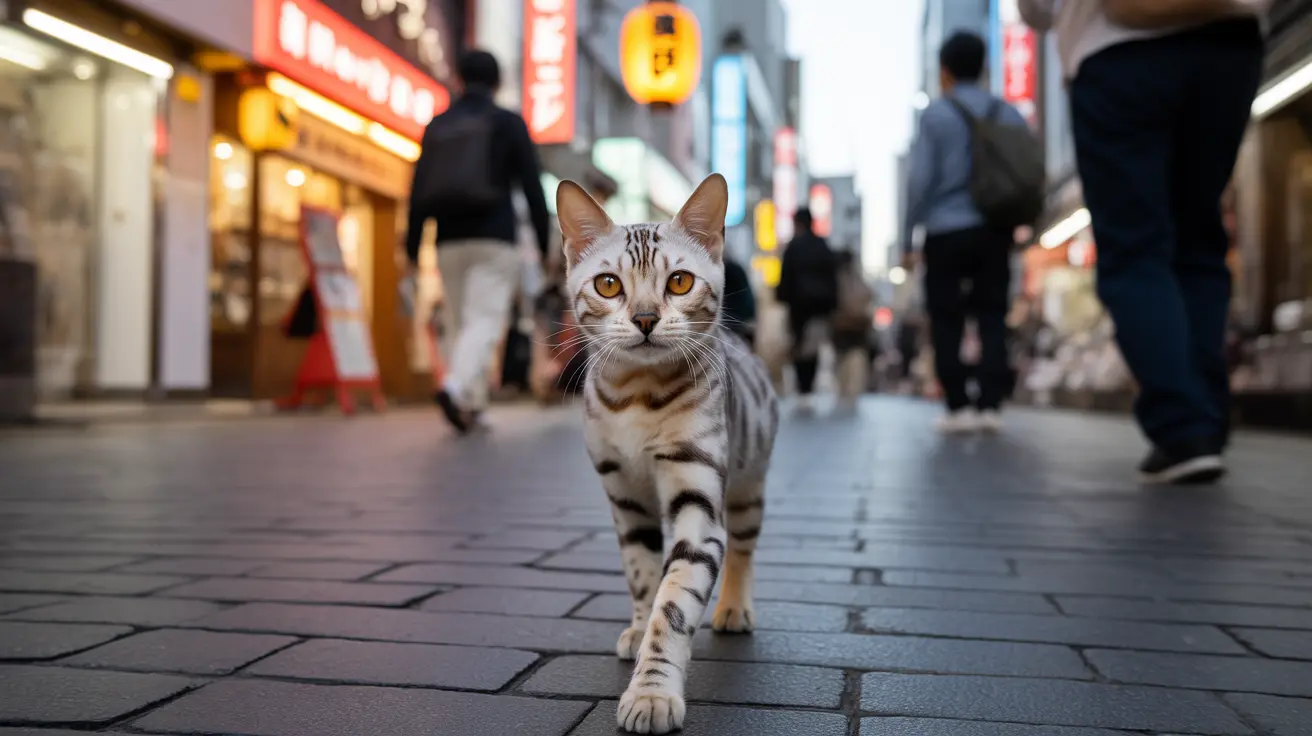Have you ever wondered about the true size of the world's cat population? From beloved household pets to mysterious street dwellers, cats have established their presence in virtually every corner of the globe. As we look at the numbers in 2025, the global cat population presents a fascinating story of domestic companionship, urban adaptation, and wildlife diversity.
Current estimates suggest there are between 600 million and over 1 billion cats worldwide, encompassing pet cats, strays, feral colonies, and wild feline species. Let's break down these numbers and explore the fascinating distribution of cats across the globe.
Understanding the Global Cat Population Breakdown
The world's cat population can be divided into three main categories: pet cats, stray/feral cats, and wild cats. Here's how the numbers stack up in 2025:
- Approximately 350-373 million domestic pet cats
- Around 480 million stray and feral cats
- Roughly 100 million wild cats (including various species like lions and tigers)
Pet Cat Distribution by Country
Several nations stand out as having particularly large pet cat populations:
- United States: 74+ million
- China: 53-71.5 million
- Russia: 23-49 million
- Germany: 15.2 million
- France: 14.9 million
- United Kingdom: 12-12.5 million
The Rise of Cat Ownership Worldwide
Pet cat populations have seen significant growth in recent years, particularly in urban areas. The COVID-19 pandemic accelerated this trend, with the United States alone seeing a 40% increase in cat ownership. Economic development in countries like China and Brazil has also contributed to rising pet ownership rates.
Managing Stray and Feral Cat Populations
The substantial population of stray and feral cats presents unique challenges for urban areas worldwide. Cities have implemented various management strategies, with Trap-Neuter-Return (TNR) programs proving particularly effective. For example, major cities like Beijing and Istanbul have developed comprehensive programs to manage their street cat populations, which number in the hundreds of thousands.
Regional Trends and Cultural Influences
Cat ownership patterns vary significantly by region, influenced by cultural, economic, and social factors. In Russia, cats are particularly beloved, with 59% of households owning at least one cat. Meanwhile, Asian markets are seeing rapid growth in cat ownership, with China emerging as a global leader in pet cat numbers.
Frequently Asked Questions
How many cats are there in the world in 2025, including pets, strays, and wild cats?
The total global cat population in 2025 is estimated between 600 million and over 1 billion, including approximately 350-373 million pet cats, 480 million stray/feral cats, and 100 million wild cats.
Which countries have the largest populations of pet cats worldwide?
The United States leads with over 74 million pet cats, followed by China (53-71.5 million), Russia (23-49 million), Germany (15.2 million), and France (14.9 million).
What is the difference between pet cats and stray or feral cats in global population estimates?
Pet cats (350-373 million) live in human households, while stray/feral cats (480 million) live independently without direct human care. Stray cats are former pets or their offspring, while feral cats have had minimal human contact.
How do Trap-Neuter-Return (TNR) programs help manage stray cat populations?
TNR programs humanely capture stray cats, provide spay/neuter services and basic medical care, then return them to their original location. This approach effectively controls population growth while respecting the cats' established territories.
What trends are causing cat populations to increase in countries like the United States and China?
Key factors include rising urbanization, growing acceptance of cats as pets, increased disposable income, changing cultural attitudes, and the influence of social media. The COVID-19 pandemic also sparked a significant increase in pet adoption rates.
Understanding the global cat population helps us better address the challenges and opportunities in feline welfare, from supporting pet owners to managing stray populations humanely. As these numbers continue to evolve, so too will our approaches to ensuring healthy, sustainable cat populations worldwide.






